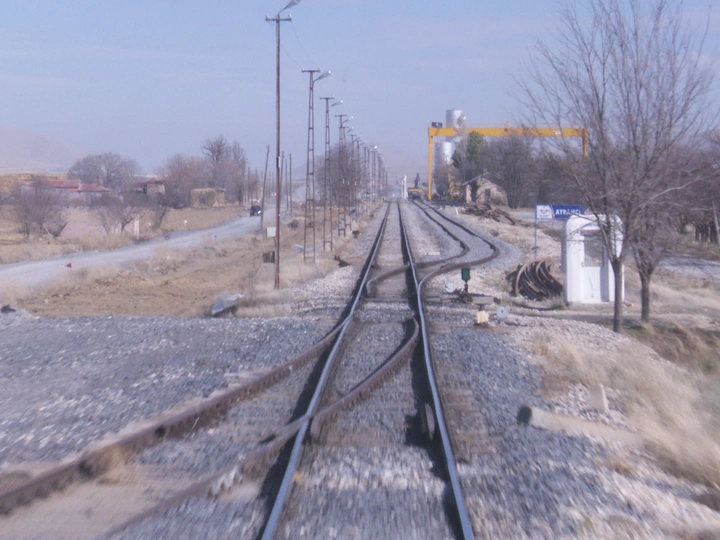Ruins talking back

Iklim Dogan, born in 1994 in Eskisehir/Turkey, is a visual artist and architect whose works span a variety of fields and practices including video-art, installations, fabric and performative lectures. She is primarily interested in investigating means of historiography, ideologies of form and communal ancestral practices: be it the architecture of the Red Vienna or the contaminated landscapes of crime, or embroidering, fabric dying with endemic plants. Exhibitions at Volkskundemuseum, Wienmuseum Startgalerie, Weltmuseum, Kunsthalle Skulpturenplatz, Kunsthaus Muerz, Palais Liechtenstein, Exhibit Galerie; collaborated performances at Werk-X and Brut Wien.
Cultural cleansing with architecture as its medium
ruins talking back is an artistic research that investigates the architecture of the Armenian past in Central Anatolia of the last hundred years, that are rendered invisible through the diagnostic frame. The project attempts to associate the past with today's psycho-social and historical reading of Anatolia, and discusses architecture’s impact on spatial violence, cultural cleansing and dispossession with a critical acclaim on trauma, ideology, nationalism and historiography. Through analyzing the trauma aspect of ideological constructions and collective amnesia, the essay tackles the question of whether and how it is possible to refer and represent the altered or disappeared fragments of architecture and how historical trauma is interwoven in historiography and architectural writing.
The film searches remaining traces of the denunci¬ated ruins and dislocated stones of the Armenian past in Anatolia. Accompanied by a train journey, the film associates the fragmented stories of the Armenians who were deported in 1915 and other migrants who later came to Armenians’ homes, and discusses architecture’s impact on spatial vi¬olence, dispossession and erasure. The film journey is a collection of site-specific research, archive pic¬tures, diary entries, and collages with film stills.